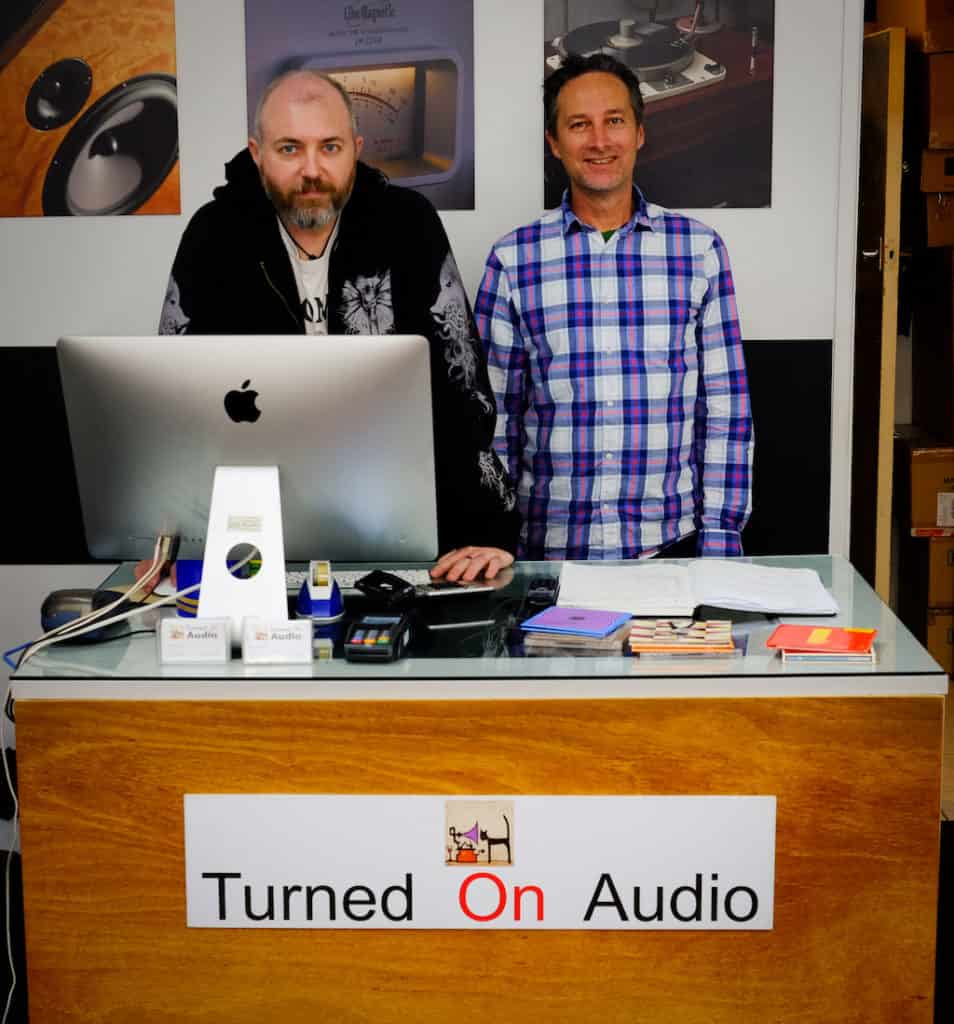Where is Air New Zealand going wrong and what does it need to do to improve its stock with the public? Frequent flyer PAT PILCHER has a few ideas.

Air NZ’s new boss, Greg Foran (the Kiwi ex-CEO of Walmart) asked staff how the airline could improve things. It’s a smart move. Talking to people on the ground will yield information that’s otherwise unobtainable to the folk in the boardroom.
But Foran’s move got me thinking: Just what is it that Air New Zealand does right, and more importantly, what is it that’s desperately in need of fixing at our national airline?
It isn’t hard to find out what Air NZ does right. Their people are amazing. This is the result of a carefully crafted internal culture within the airline. Ask travellers flying with Air NZ and most will say that the flight crew and ground staff are nothing short of incredible.
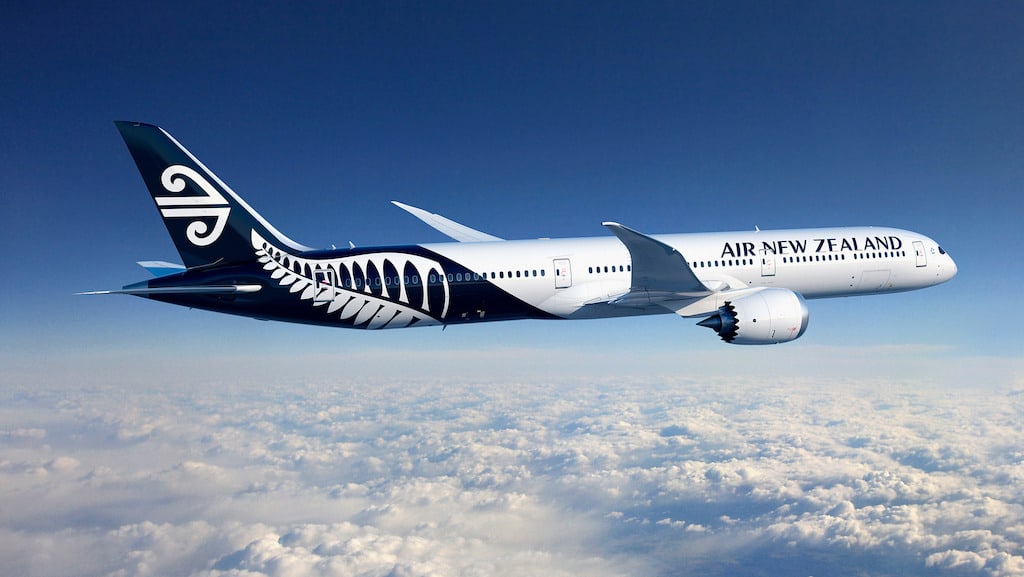
But, there’s still plenty of scope for improvement.
The most widespread gripe of many Air NZ travellers is based around price. For years Air NZ has been unable to make up its mind about what sort of airline it is. While its comms team have put a huge amount of effort into projecting their brand as premium, this is often at odds with the reality of flying with Air NZ.
Short-haul flights to Australia, Bali and Hawaii are a classic example of this. Air NZ offers a seat-only fare and touts cheap deals. Anyone with the time to compare prices will quickly work out that while Air NZ’s trans-Tasman fares seem cheap, other airlines charge comparable prices. They’ll feed you and provide in-flight movies, but seat-only travellers aren’t allowed to watch movies, which simply seems mean-spirited.
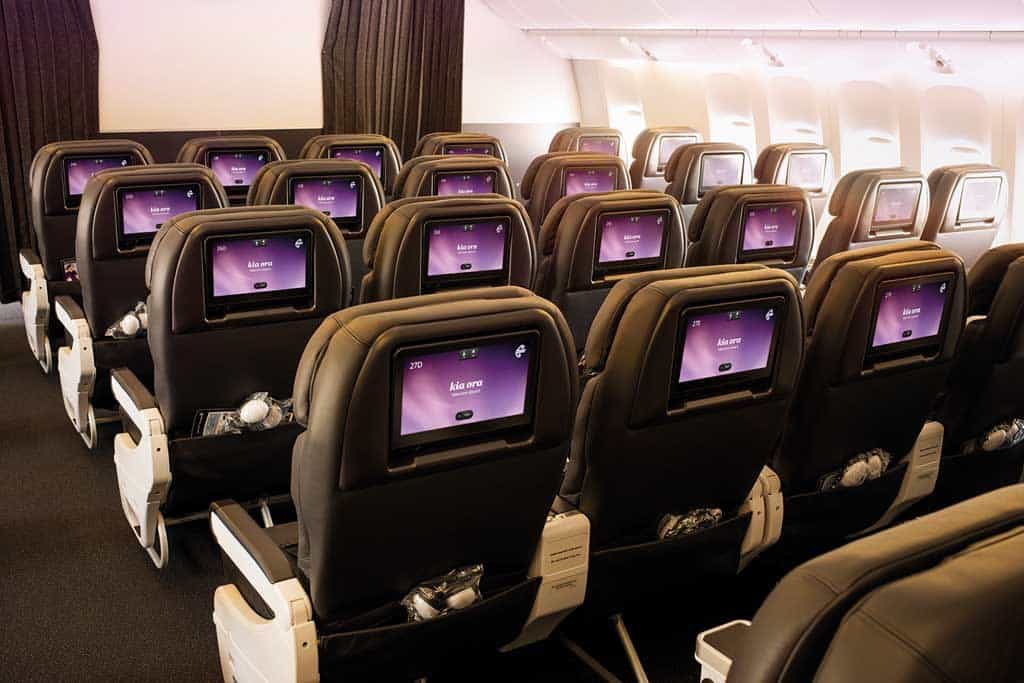
Bizarrely, Air NZ seems to have forgotten that they’re operating in a market where there is competition. They also seem to think that they can wallpaper over this issue with marketing. Should Air NZ’s competitors decide to go after the NZ tourist dollar, Air NZ could find itself in a pickle when it comes to their trans-Tasman cash cow.
Then there’s the premium charged by Air NZ compared to other airlines on other long-haul routes. That’s not including all the additional hidden extras charged for payment by credit cards, checked-in luggage and so on as customers get nickelled and dimed for anything not nailed to the floor.
While there’s no disputing that cheap flights are great, Air NZ needs to look after its high-value business. A decade back, the Business class sections on Air NZ planes were considered state-of-the-art and awards were won. Little to nothing in the way of updates to the Business class cabins have seen Air NZ left behind by the likes of Singapore Airlines, Emirates and others. If Air NZ wants to charge a premium, they need to give their high-value customers an incentive to part with their money.
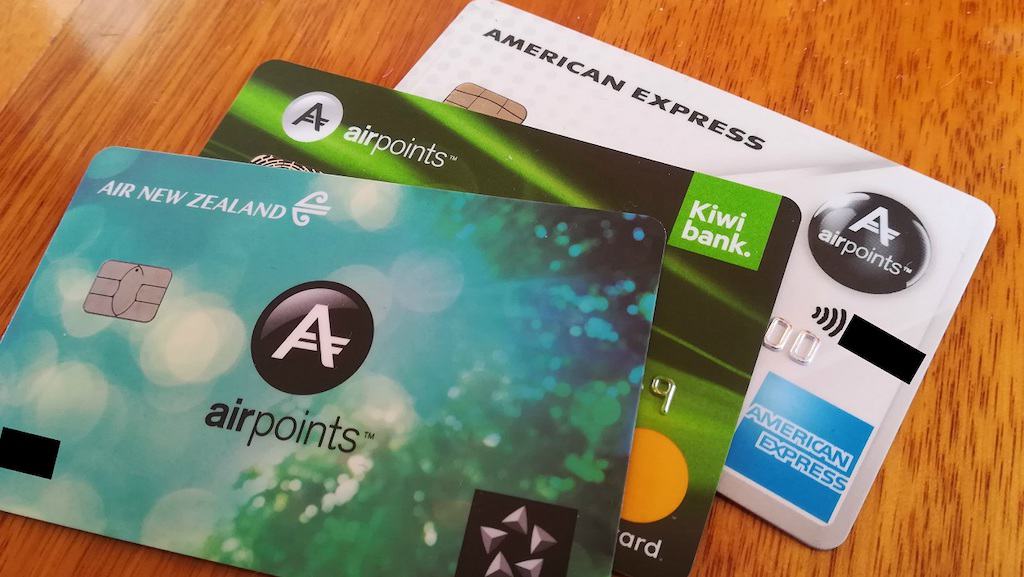
Another criticism often levelled at Air NZ is the shambolic state of its Koru lounges. Koru Club membership costs a whopping $800 a year, yet Auckland’s domestic Koru lounge not only looks tatty but during peak flight times it’s overcrowded to the point where there’s standing-room-only. The food on offer is often terrible, and the lounge is awash with noise as people all shout to be heard or yell into phones. Wellington’s domestic Koru club has just been upgraded. Still, long-suffering Wellington Koru members have had to endure a broom closet-sized lounge for the better part of six months. I won’t get started on the frankly dire international lounge at Wellington airport. Ironically, it’s often quieter, cheaper and better catered outside the airport lounges, which must be galling if you’ve coughed up $800 for Koru Club membership.
“The food on offer is often terrible, and the lounge is awash with noise”
Perhaps Air NZ could look at dropping Koru membership as a perk for some credit cardholders. Those wanting lounge access should earn it by flying with Air NZ. Secondly, re-introduce phone-free zones, so there’s a quiet area for travellers to unwind before boarding. Last (but by no means least), charge more for membership and up the standard of the food on offer. Mystery meat casseroles, crackers and a few limp salads just aren’t good enough.
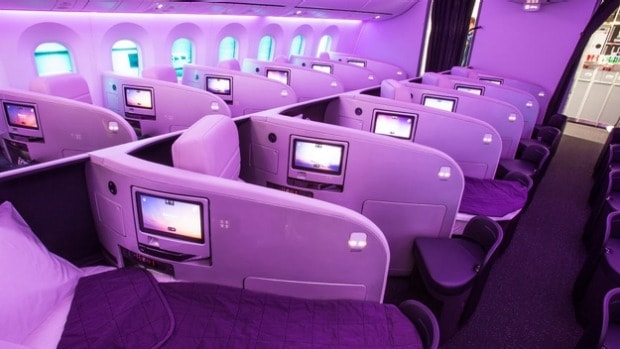
Then there’s their haphazard loyalty programme. While rewarding customers for their loyalty to the brand makes good sense, customer loyalty is often tested by a lack of thought on Air NZ’s part. Recently, Gold Elite status flyers were gifted a short-haul upgrade for Christmas. Those who are Wellington-based found these were next to useless for flying out of Wellington as Air NZ’s short-haul routes out of our capital city are Economy only. Another theoretical perk for Gold/Gold Elite customers is priority boarding, which is touted extensively in Air NZ’s marketing bumpf. The reality is that Air NZ calls the flight for Premium customers and then mere minutes later makes a general boarding call, all through the same boarding gate. The upshot of this is that Premium customers end up stuck in the same line as everyone else, which makes a mockery out of Premium boarding. Other airlines have two boarding gates, one for Premium customers and the other for everyone else. A simple fix could be for Air NZ to introduce this. Premium customers who spend considerable amounts of money with Air NZ to gain Gold and Gold Elite status need to be valued more.
Last (but by no means least) is the big bugbear for many travellers: Air NZ’s regional pricing.
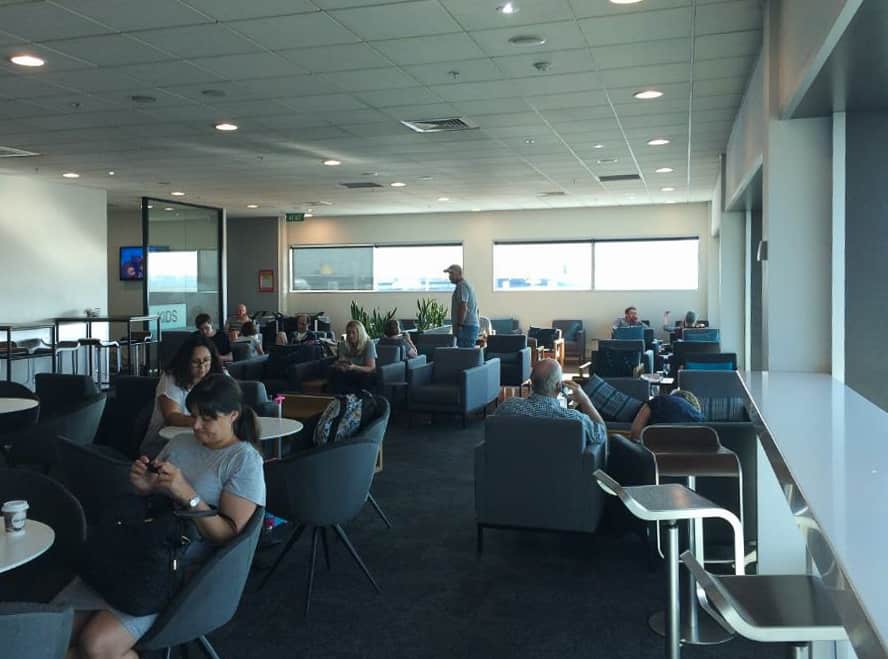
While you could argue that Air NZ is a business and that they have shareholders to keep happy, the current state of play borders on outrageous. This is because flying regional routes can be as expensive as flying short-haul international.
Return flights from Wellington to the Hawkes bay booked on a Flexi fare cost a whopping $698, which is $4 more expensive than return flights from Wellington to Sydney. This is simply not fair, and the public knows it.
Now that Jetstar has exited regional routes, there’s little competition, and Air NZ is effectively a monopoly on regional flights. While they cannot be seen to be taking advantage of their position (which based on the above prices, I’d argue they are), something clearly needs to change.








